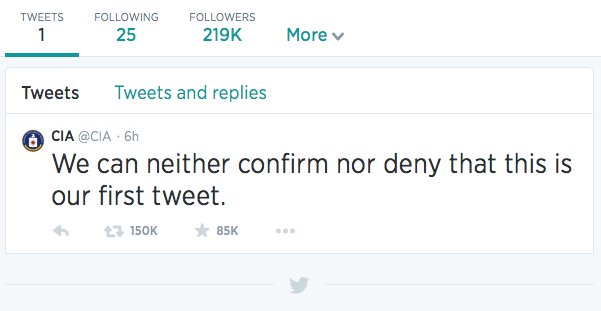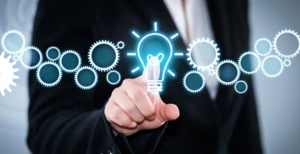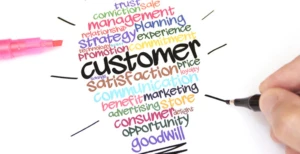3 Best Practices for Better Government Customer Engagement
 If you follow the news (or even if you don’t), you know many government agencies are struggling right now with delivering efficient and effective service and engagement. But despite the long shadow that’s been cast, there are many agencies that are working improve and evolve service and engagement.
If you follow the news (or even if you don’t), you know many government agencies are struggling right now with delivering efficient and effective service and engagement. But despite the long shadow that’s been cast, there are many agencies that are working improve and evolve service and engagement.
As an example, the Internal Revenue Service (IRS) recently adopted a “Taxpayer Bill of Rights,” listing ten rights, with the top two being (1) the right to be informed and (2) the right to quality service. The State of Georgia is actively working to improve service and support efficiency and effectiveness across the board.
In addition, the Central Intelligence Agency (CIA) posted its first tweet recently (and a humorous one at that), which received more than 150,000 retweets and 85,000 favorites within six hours, showing the public is open to and appreciative of engagement from federal, state and local agencies on social media:
Low Approval Ratings, High Expectations
Despite positive moves forward such as these from many agencies, major media exposure of other agencies’ service and engagement failures has the public wary and wanting more overall.
After two years on the rise, American satisfaction with government services has taken a dive, according to the latest American Customer Satisfaction Index report. Citizen satisfaction with federal customer service has dropped 3.4% over the past year. This puts the government, with an ACSI benchmark rating of 66.1 (on a scale of 0 to 100), second to last overall in comparison with private sector industry satisfaction scores.
And while expectations for improvement are heightened, so are the challenges with social, mobile, big data and cloud converging in what Gartner Research calls the “Nexus of Forces,” an evolutionary uphill climb for any organization, but particularly for government agencies which are limited by approval and budget constraints.
Making the Climb
For government customer service delivery and its very public perception to noticeably improve, agencies large and small must serve and inform the public in real time – anytime, anywhere, on any device. Many are adopting customer service best practices that have been tested and honed over the past several years by private sector brands and are utilizing them to quickly level up to even the most demanding customers’ service and support expectations.
A new GovLoop survey of more than 250 federal, state and local employees who consider their work to be customer service-related shows this to be the case, as those surveyed identified the most promising technologies to be improved website design, search and navigation (72%), live chat (52%), mobile applications across multiple devices (39%), engagement via social media (36%) and online discussion forums (33%). Expanding a bit on a few of these, here are:
3 Best Practices for Better Government Customer Service
1. Using a knowledgebase to deliver consistent and current self-service information. Over the past two years, many federal agencies have put a strong focus on improving online information and the online experience. It appears to be paying off. The government’s new information-centric approach has turned many sites from a government-speak online data dump into an organized information and resource center. Agencies are now writing for the customer instead of for each other, and making their news, information, policies and forms accessible 365/24/7 through online portals with self-service knowledgebases that convey to social media, the search engines and other communication channels.
2. Leveraging live chat to provide personal, real-time service online. Live chat is a cost-conscious choice for agencies that want to provide more personalized online service. Customers can get one-on-one assistance from a live service representative at their convenience, while agencies save because behind the scenes, representatives can handle multiple chats simultaneously. Chat is also known to increase first contact resolution and customer satisfaction rates.
3. Embracing and integrating new service channels such as social and mobile. Stories about long lines and unacceptable hold times have plagued many well-known government agencies for decades. In addition to delivering better service and information on their websites, early adopters of social and mobile are receiving positive praise for their efforts to engage the public on their terms and at their convenience.
A Long Way to Go and a Short Time to Get There
Many government agencies have a lot of catching up to do in the race to meet or beat customer service and engagement expectations. But the crowds and cameras are gathering at the finish line, so it’s time to pick up the pace.
June 19 Webinar Discusses How Government
Agencies Can Improve Service & Engagement
Join Microsoft Dynamics and Parature, from Microsoft on June 19th for a free webinar to hear more about how customer service best practices and multichannel service and support technology can and are positively impacting government agencies including:
- How to deliver amazing customer experiences across multiple channels, including social media
- How to enable citizens with self service capabilities
- How noted government agencies are successfully using these best practices today
Click here for more information or to register.




